What Fashion Statements Should Designers Avoid?
-
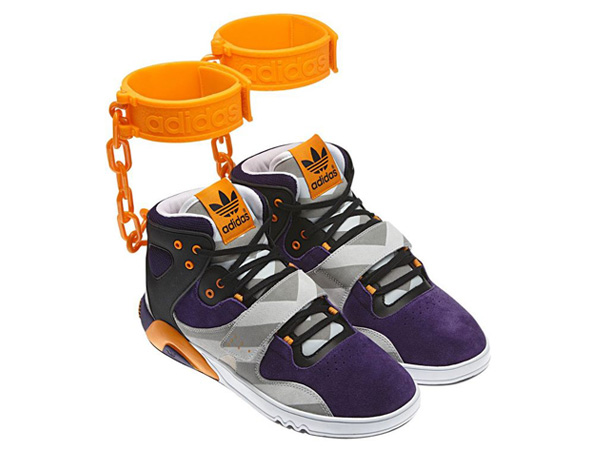 Adidas promotional image
Adidas promotional imageAnkle Shackles
Adidas abandoned plans to sell a pair of shoes featuring an ankle cuff that resembled a shackle this week after critics objected to the slavery symbolism implicit in the design. This isn’t the first time a brand has had to pull an item of clothing from the market because of bad taste, not bad design. From Nazi-reminiscent Stars of David to pro-anorexia mottos: What fashion statements should designers avoid?
Evoking slavery is generally a bad idea even when, like Adidas, you’re collaborating with an outrageous fashion designer like Jeremy Scott. Scott explained in a statement that his work “has always been inspired by cartoons, toys–my childhood.” The infamous shackle shoes were supposed to recall the 1980s doll “My Pet Monster.” Still, it’s hard to imagine anyone eager to walk a mile in a slave’s shoes
-
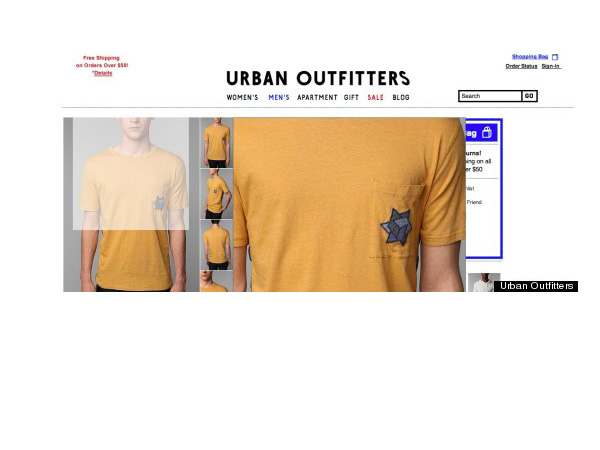 Screenshot from Urban Outfitter’s website at the time of the controversy
Screenshot from Urban Outfitter’s website at the time of the controversyStars of David
Recycling Holocaust symbols is also not a great way to rack up sales. Earlier this year, Urban Outfitters stopped selling a $100 yellow T-shirt sporting what looked like the Star of David Jews were forced to wear in Nazi Europe. Wood Wood, the label behind the shirt, protested that the shape of the star was never meant to evoke the badge associated with the deaths of millions of Jews.
-
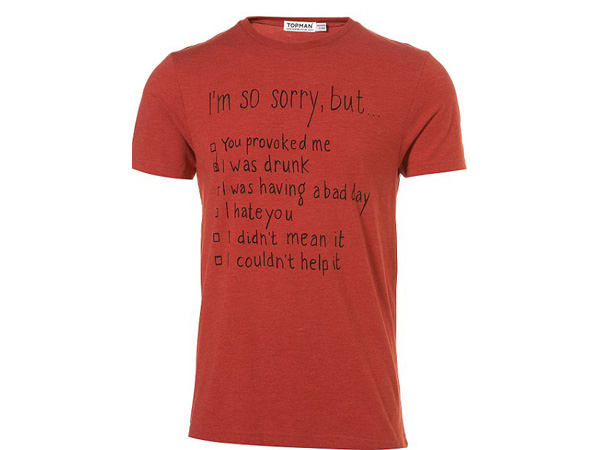 Topman promotional image
Topman promotional imageDomestic Violence Endorsements
Should you ever be in charge of choosing what message goes on a T-shirt, you may want to avoid sentences like “I’m sorry but … You provoked me.” Topman tried already, and it turns out making light of domestic violence doesn’t quite go unnoticed. After customers complained, the British brand decided to clear its shelves of tees bearing batterers’ excuses.
-
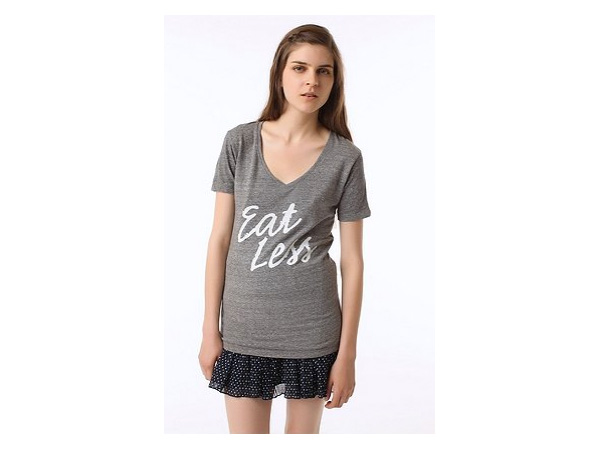 Urban Outfitters promotional image
Urban Outfitters promotional imagePro-Anorexia Messages
While you’re at it, stay away from anorexia-friendly mottos, too. Urban Outfitters’ “Eat Less” V-neck didn’t last long, for instance. The retailer had to take the message and the T-shirt back despite an (awkward) justification in the online description of the item: “Eat less or more or however much you'd like in this seriously soft knit tee cut long and topped with a V-neck.”
-
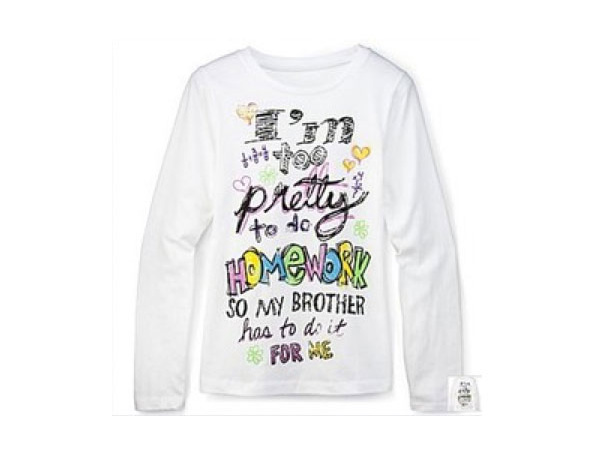 JC Penney promotional image
JC Penney promotional imageSexist Catchphrases
A reminder for clothing designers: Parents often choose their children’s clothes. Calling their offspring dumb is not a clever marketing strategy. And no, it’s not possible for girls to be “too pretty to do [their] homework,” despite the JCPenney T-shirt’s claims.
-
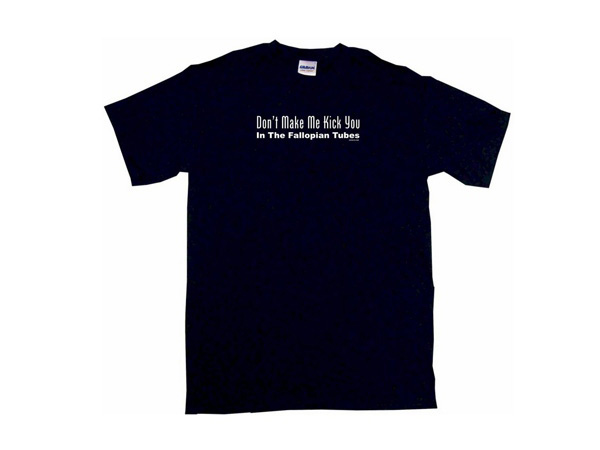 Sears promotional image
Sears promotional imageShaken Baby References
As a general rule, kid’s tees shouldn’t urge suggestible tots to kick their mothers “in the Fallopian tubes.” Sears pulled that T-shirt but remains famous for its “Shake Me?” baby onesies and its “Hung Like Daddy” boys’ T-shirts.
-
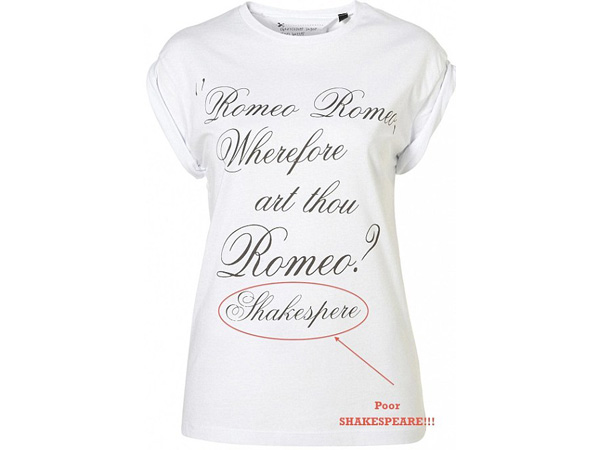 Topshop promotional image (Screen shot from The Huffington Post)
Topshop promotional image (Screen shot from The Huffington Post)Spelling Mistakes
Spelling errors, too, can be offensive (at least to the inner copy editor). Topshop had to recall hundreds of T-shirts after customers pointed out that they had spelled Shakespeare’s name incorrectly. Topshop’s solution? To keep the beginning of the message (a quote from Romeo and Juliet) but literally cut off the ridiculous “Shakespere” credit near the shirt’s hemline.